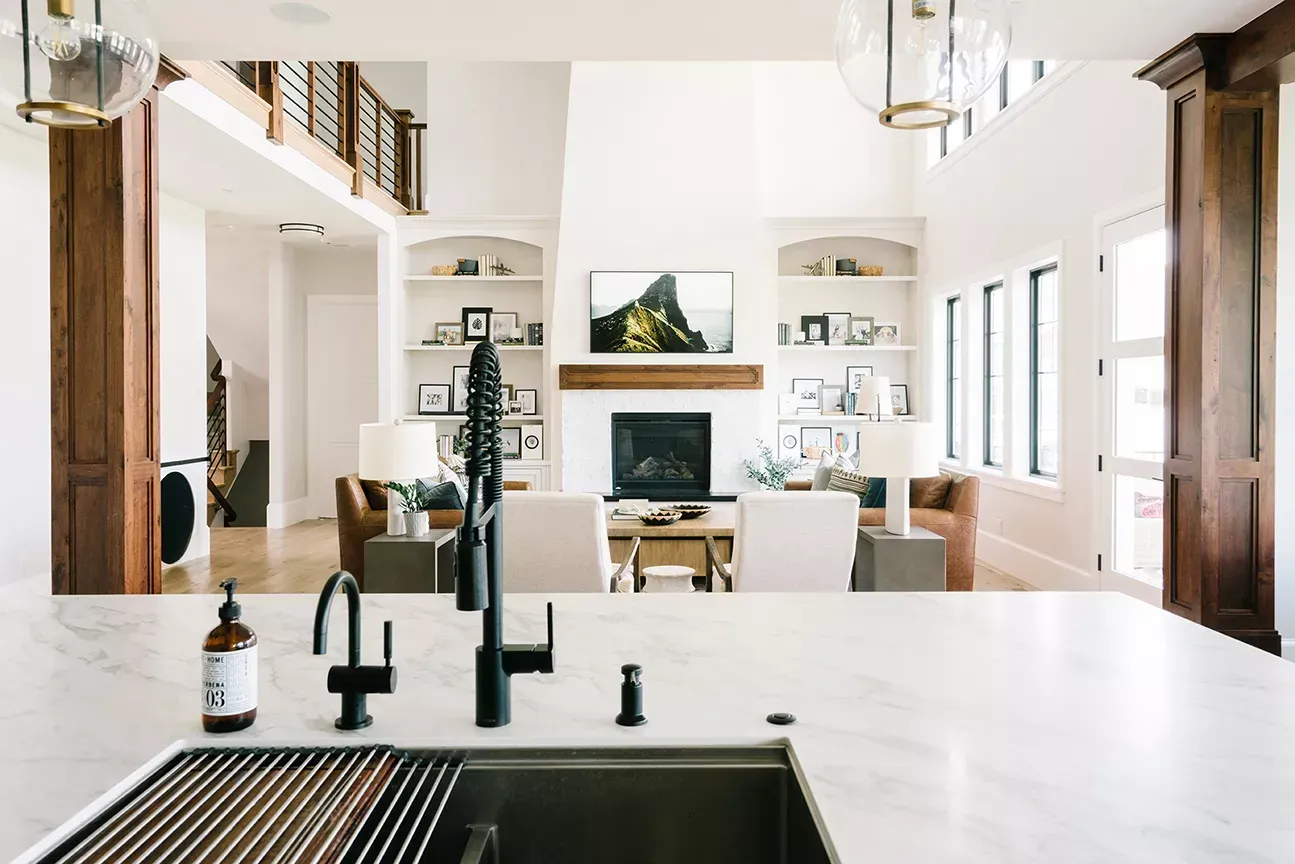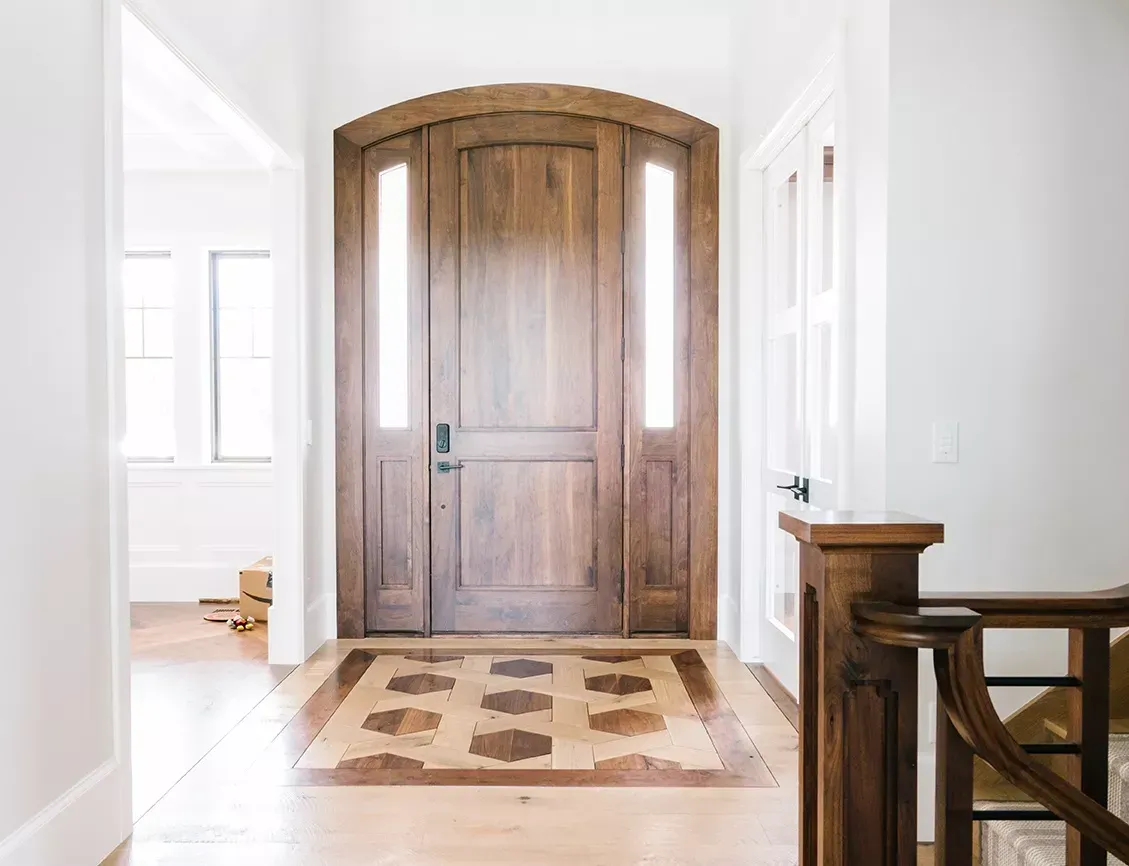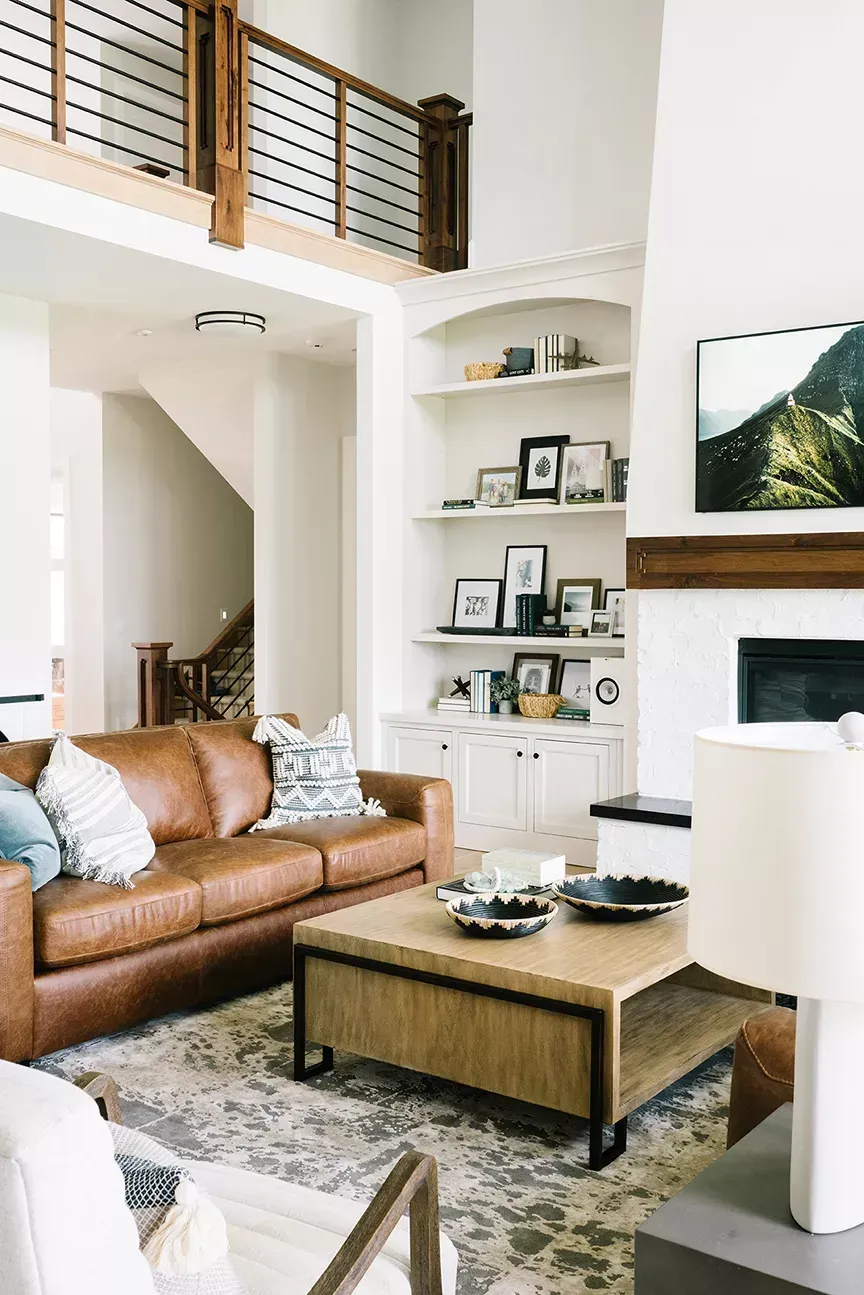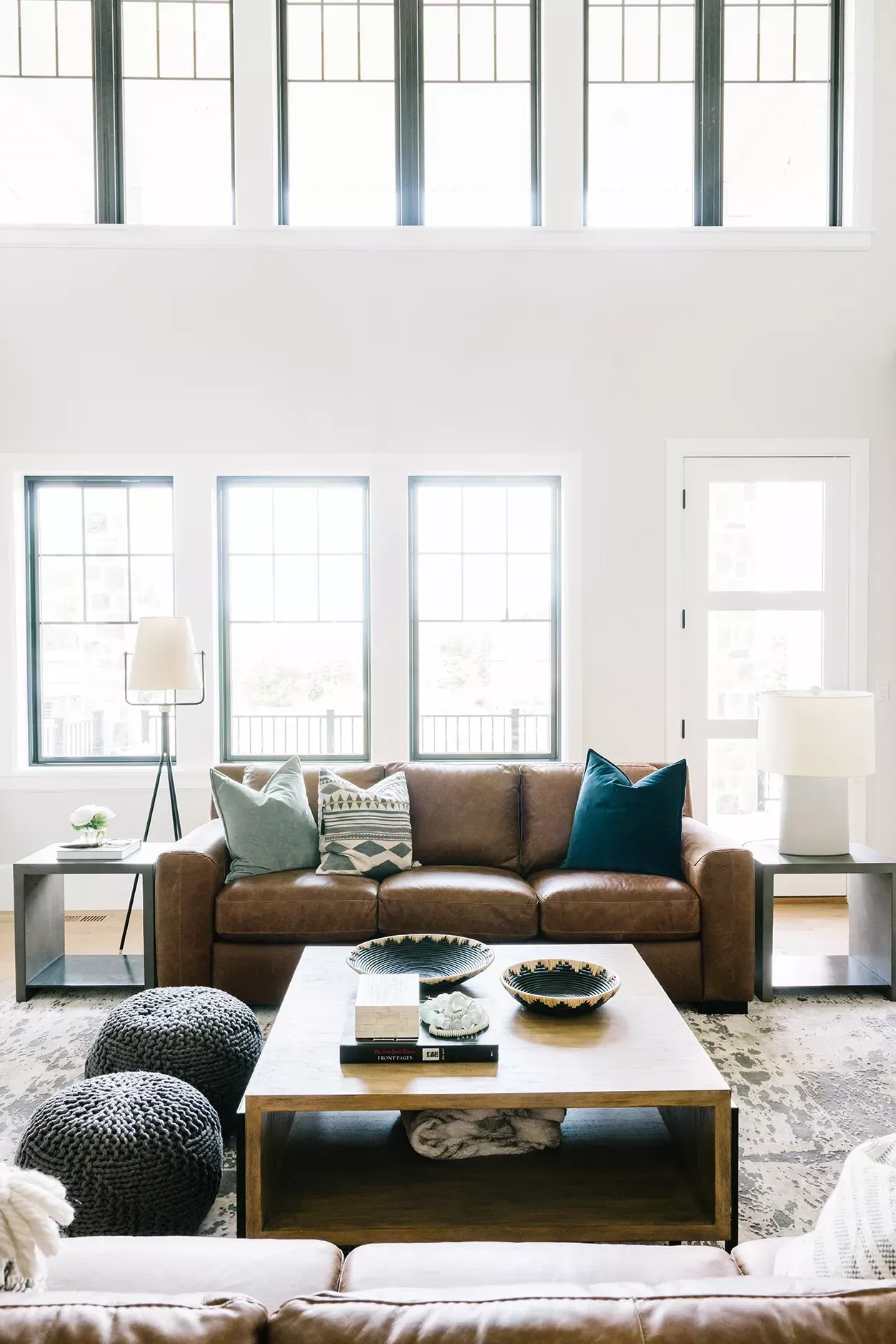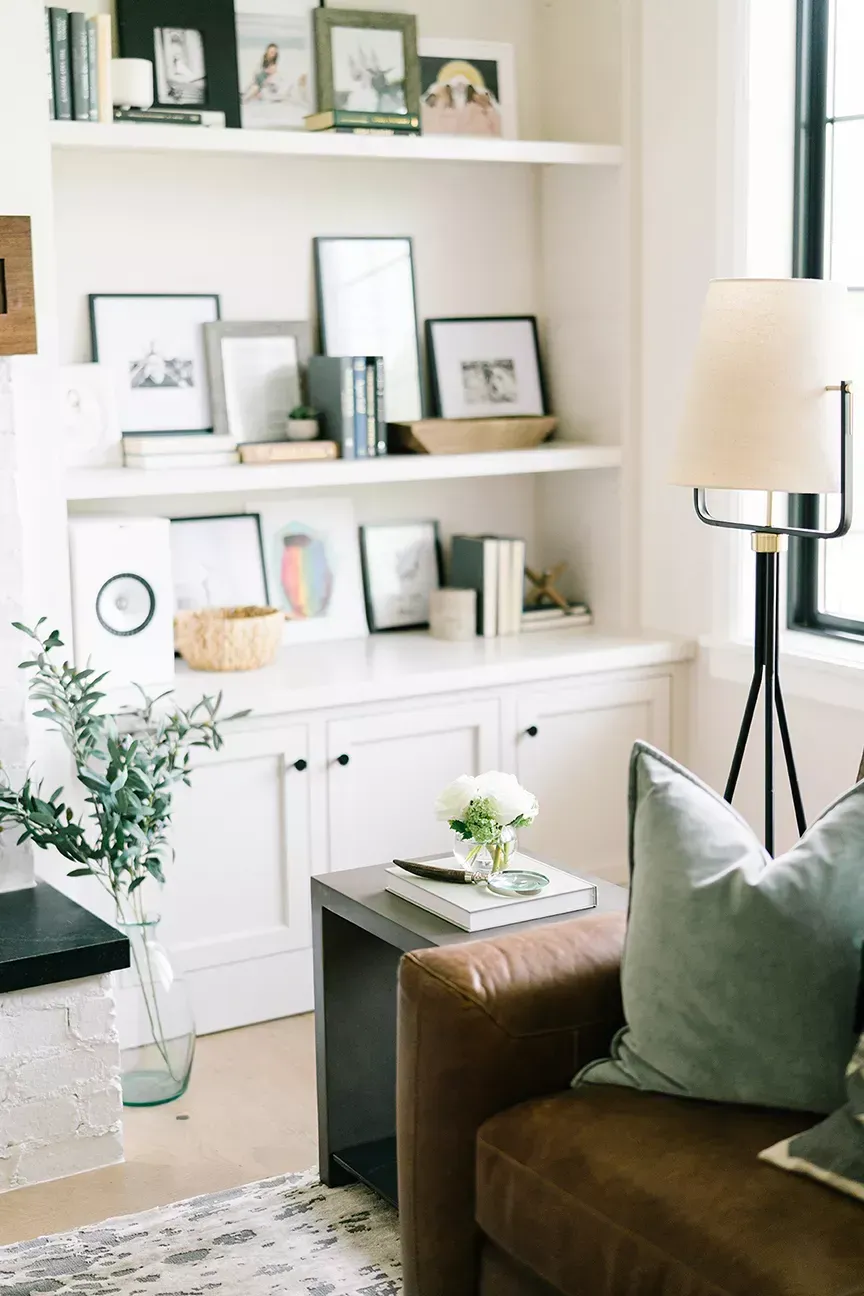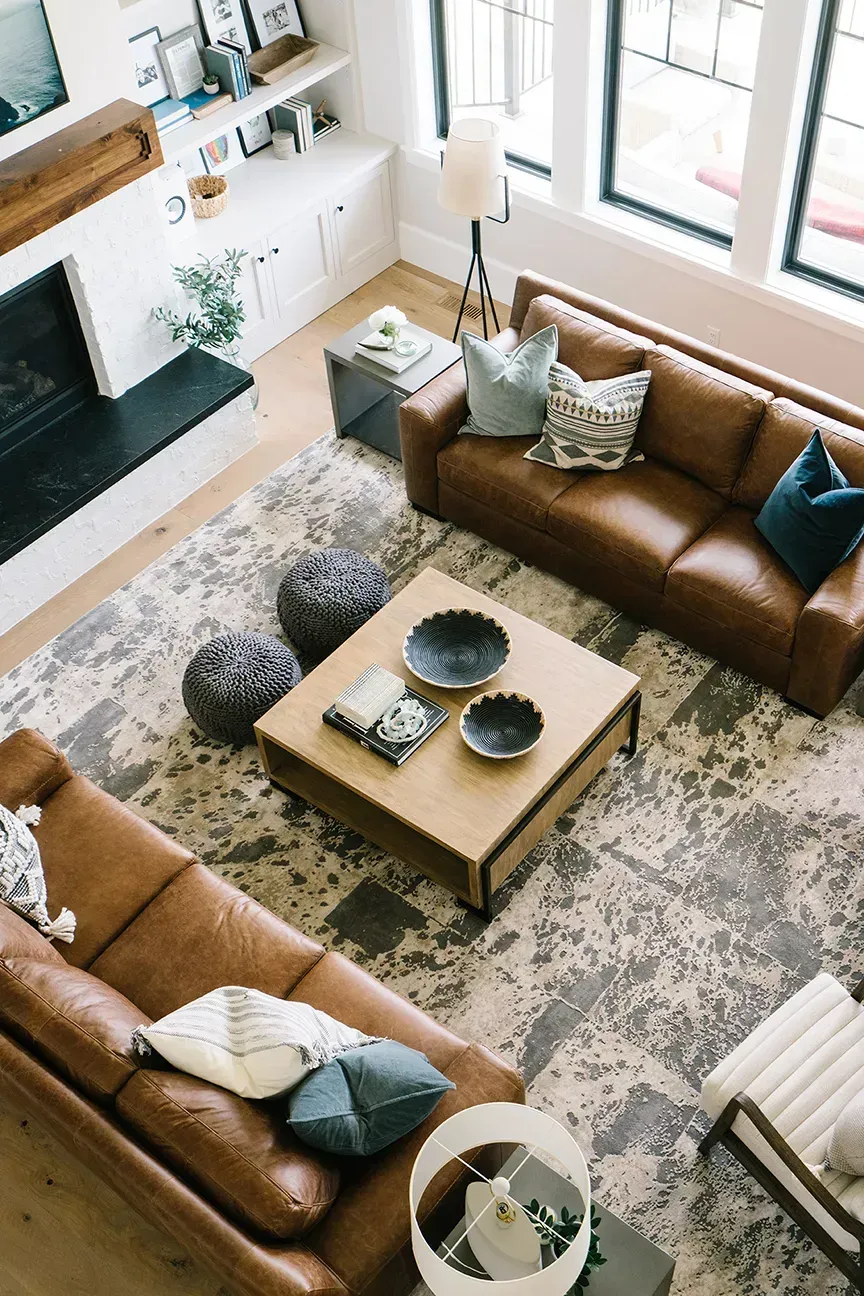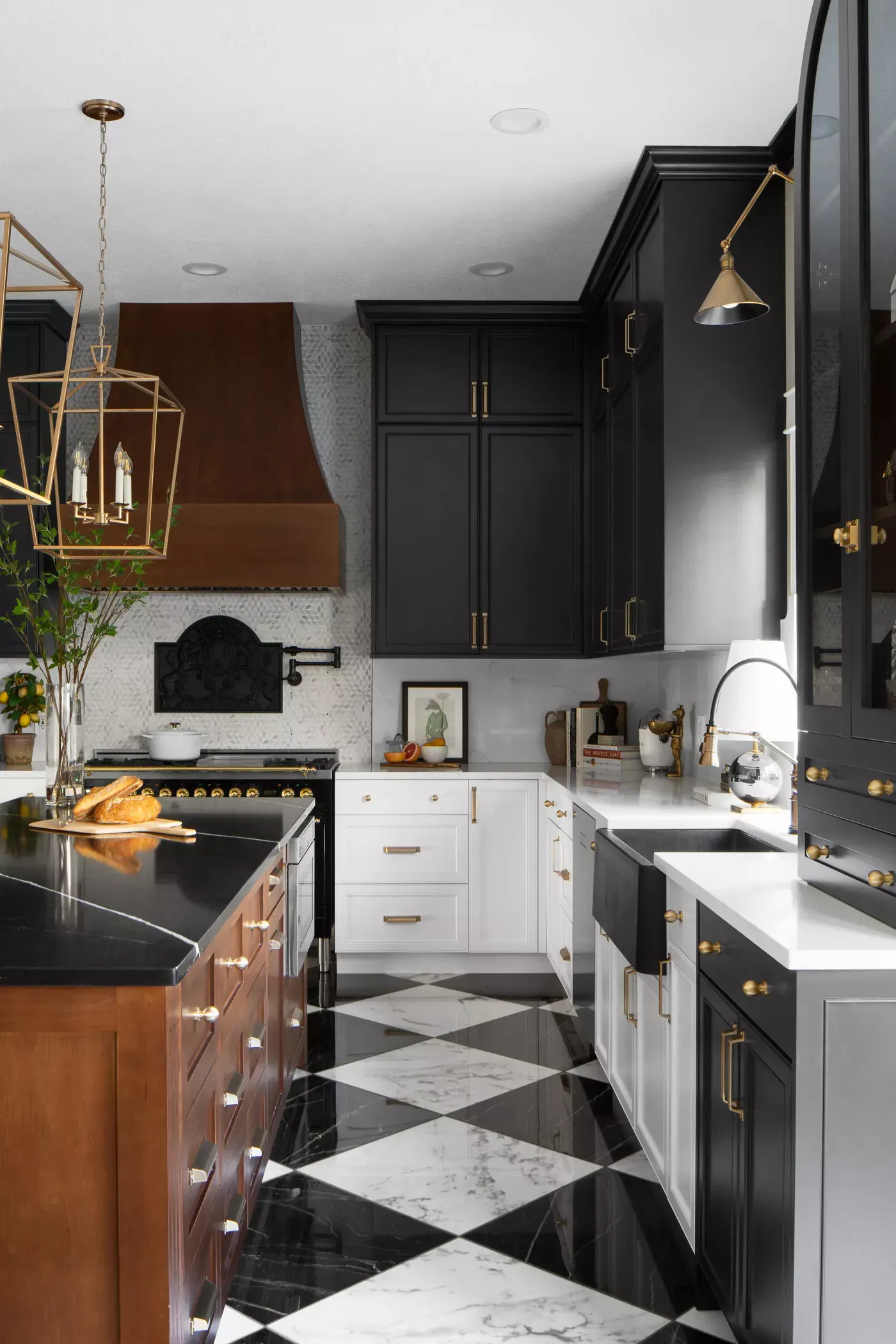Designing Multifunctional Rooms: Adapting to Modern Living Needs
As homes evolve to meet the demands of modern lifestyles, the need for multifunctional rooms has become more apparent than ever. Whether in a small apartment or an open-concept home, making the most of your available space is key to comfort, efficiency, and style. With thoughtful design, you can create versatile spaces that serve multiple purposes without feeling cluttered or disorganized.
The Rise of Multifunctional Spaces
The way we live, work and entertain has changed dramatically over the years. Many people are working remotely, children need dedicated learning areas, and households require flexible spaces to transition seamlessly from one function to another. Rather than dedicating an entire room to a single purpose, homeowners embrace adaptable designs that make the most of every square foot.
Key Considerations for Designing a Multifunctional Room
1. Define Your Needs and Priorities
Consider how the space will be used before transforming it into a multifunctional room. Do you need a home office that doubles as a guest room? A dining area that also functions as a workspace? Identifying your primary and secondary needs will help guide your design choices.
2. Smart Furniture Choices
Investing in multipurpose furniture is one of the best ways to make a room more functional. Some great options include:
- Sofa beds for living rooms that double as guest spaces
- Extendable dining tables that can accommodate both everyday meals and larger gatherings
- Murphy beds that fold away to create more floor space during the day
- Storage ottomans that provide both seating and hidden compartments for decluttering
3. Zoning with Purpose
Creating clear zones within a room helps maintain organization and functionality. You can use different elements to define spaces, such as:
- Area rugs to visually separate a workspace from a relaxation area
- Furniture placement to establish designated zones without the need for walls
- Lighting variations to highlight different functions within the same space
4. Maximizing Vertical Space
When floor space is limited, vertical solutions become invaluable. Consider:
- Wall-mounted desks to save space while offering a practical work area
- Floating shelves for extra storage and decor without taking up valuable real estate
- Ceiling-mounted racks or pegboards for organizing items in a stylish and accessible way.
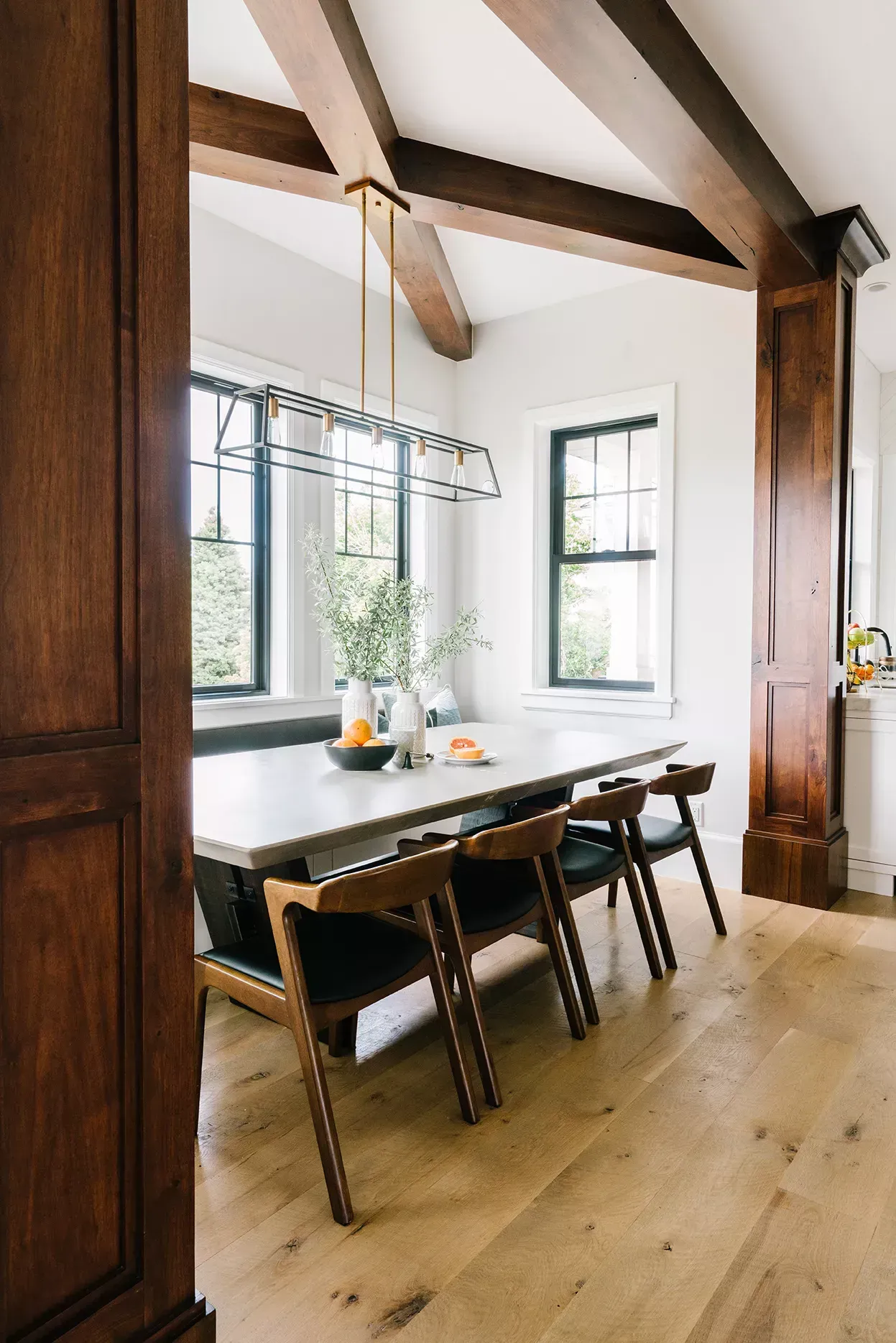
5. Flexible Storage Solutions
Clutter can make a multifunctional space feel overwhelming. Thoughtful storage solutions help maintain order while enhancing the room’s aesthetic. Consider:
- Built-in cabinetry for streamlined, concealed storage
- Modular shelving that can be rearranged as needs change
- Storage benches that double as seating while keeping items out of sight
6. Adaptable Décor
The way a room looks should support its various functions. Keep décor adaptable by choosing elements that can shift quickly between uses:
- Neutral, cohesive color schemes that work for different purposes
- Layered lighting (task lighting for work, ambient lighting for relaxation)
- Moveable partitions like folding screens or curtains to create privacy when needed
The Open-Concept Challenge
Open-concept homes offer beautiful, airy spaces but also present challenges regarding multifunctionality. To make an open floor plan work, consider these strategies:
- Use furniture groupings to define areas without closing off space
- Incorporate consistent design elements (like matching color palettes) to keep the room unified
- Opt for versatile furniture that blends seamlessly between different functions
The Role of Professional Design Assistance
While designing a multifunctional room is an exciting challenge, achieving a seamless and stylish look can be tricky. That’s where the expertise of professionals comes in. Their experience ensures your home remains beautiful and highly functional, balancing aesthetics and practicality.
Modern living calls for innovative, flexible design solutions. Whether working with a small space or optimizing an open-concept home, multifunctional rooms allow you to maximize your square footage. You can create a space that effortlessly adapts to your lifestyle using versatile furniture, strategic zoning, and efficient storage. And with the help of professionals, you can ensure your multifunctional space is both stylish and practical. Ready to transform your home? Start designing with adaptability in mind today!
